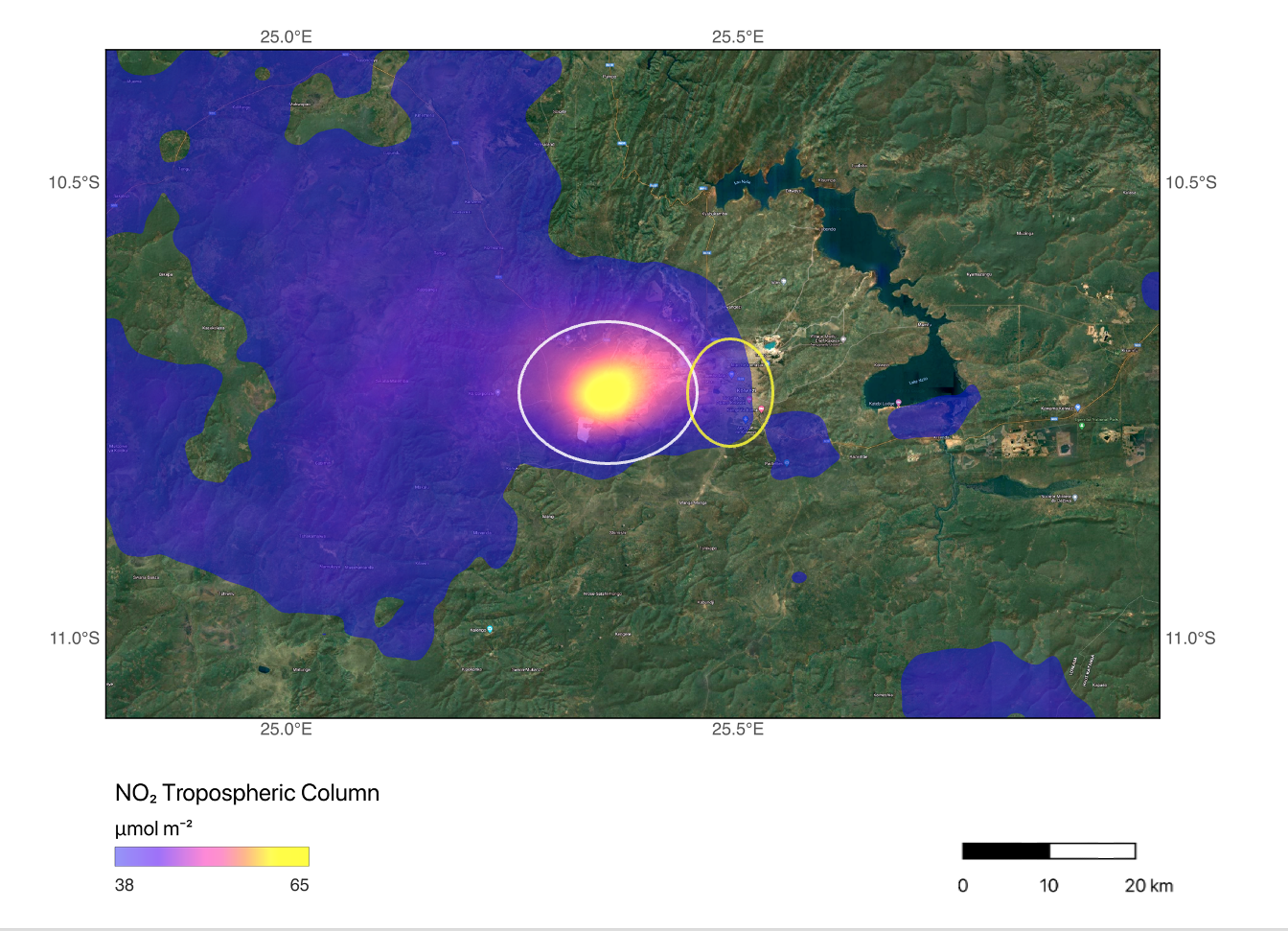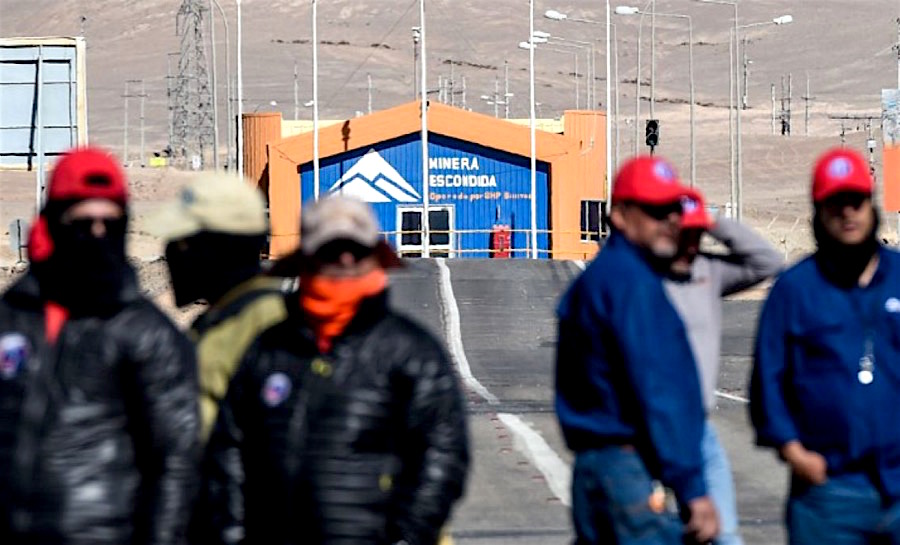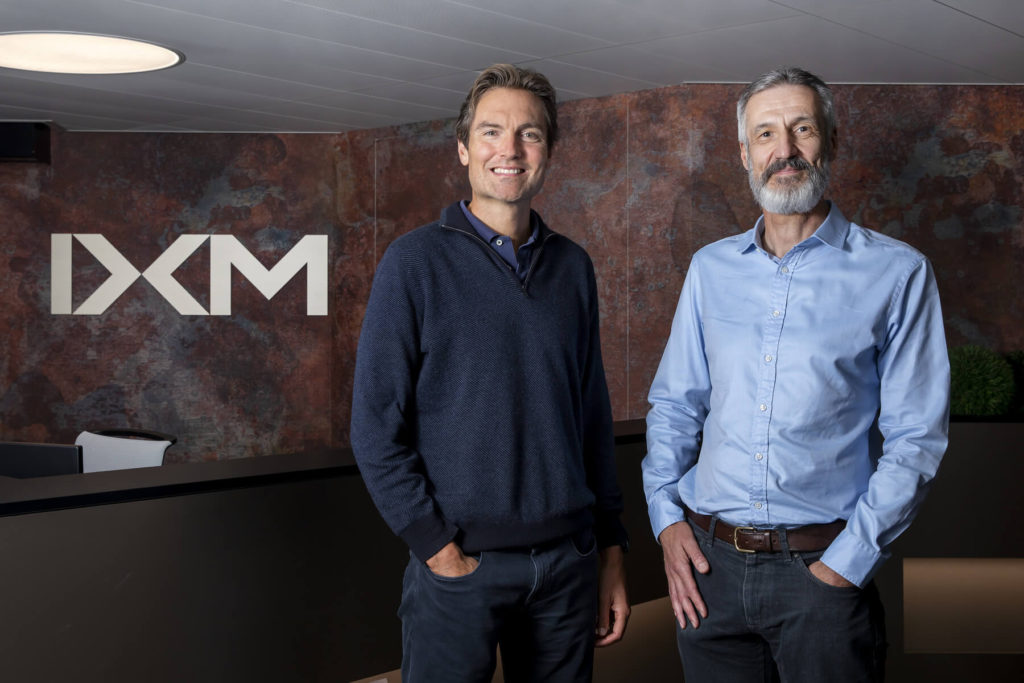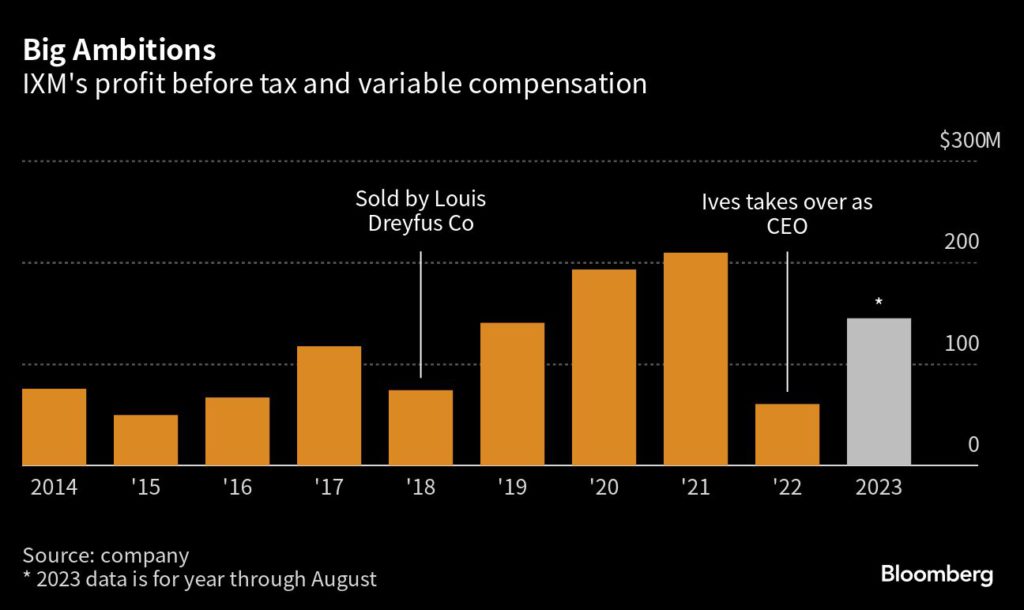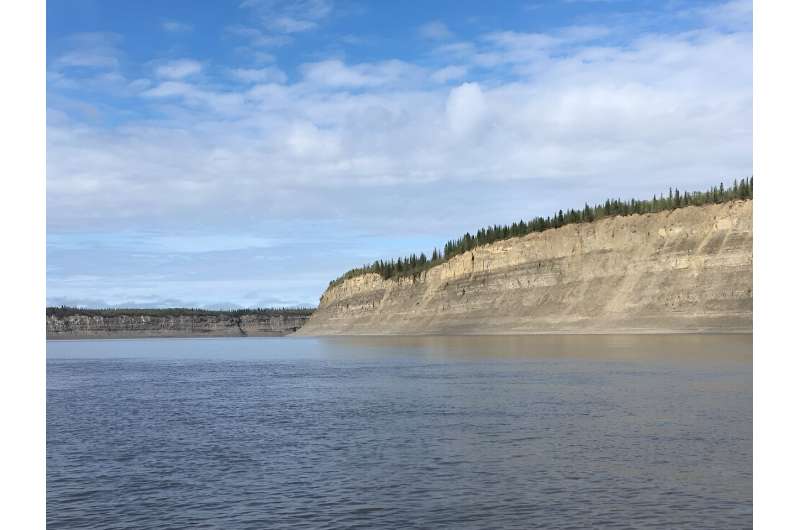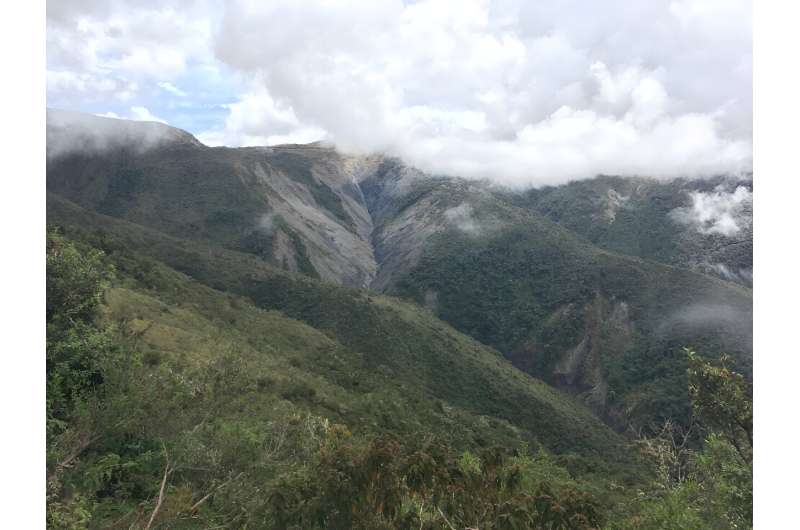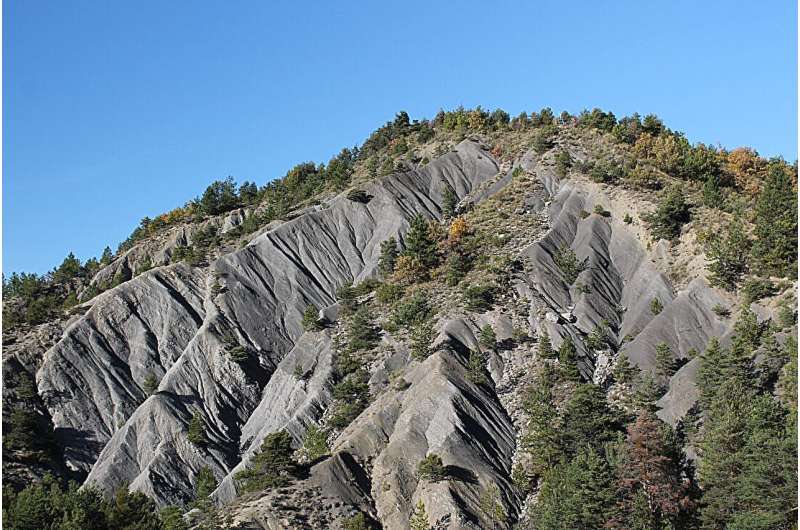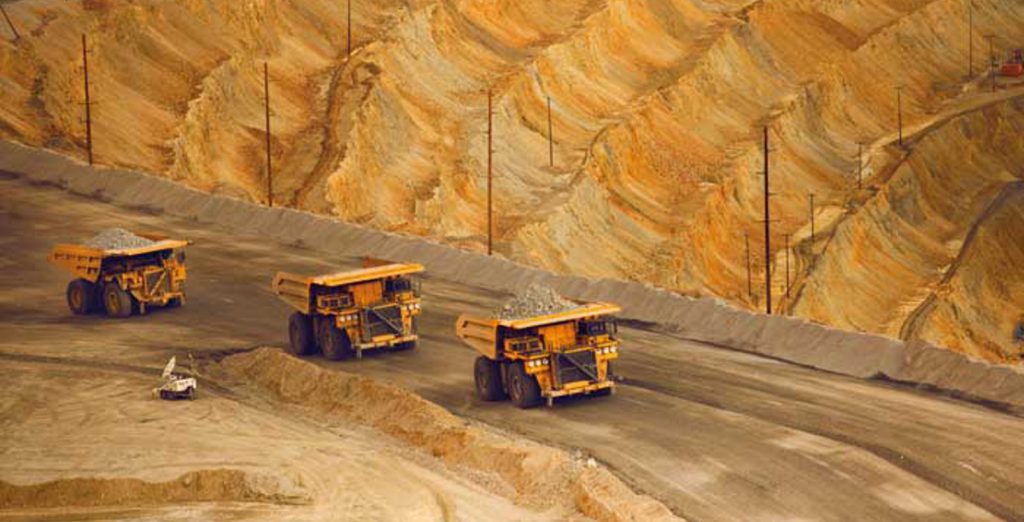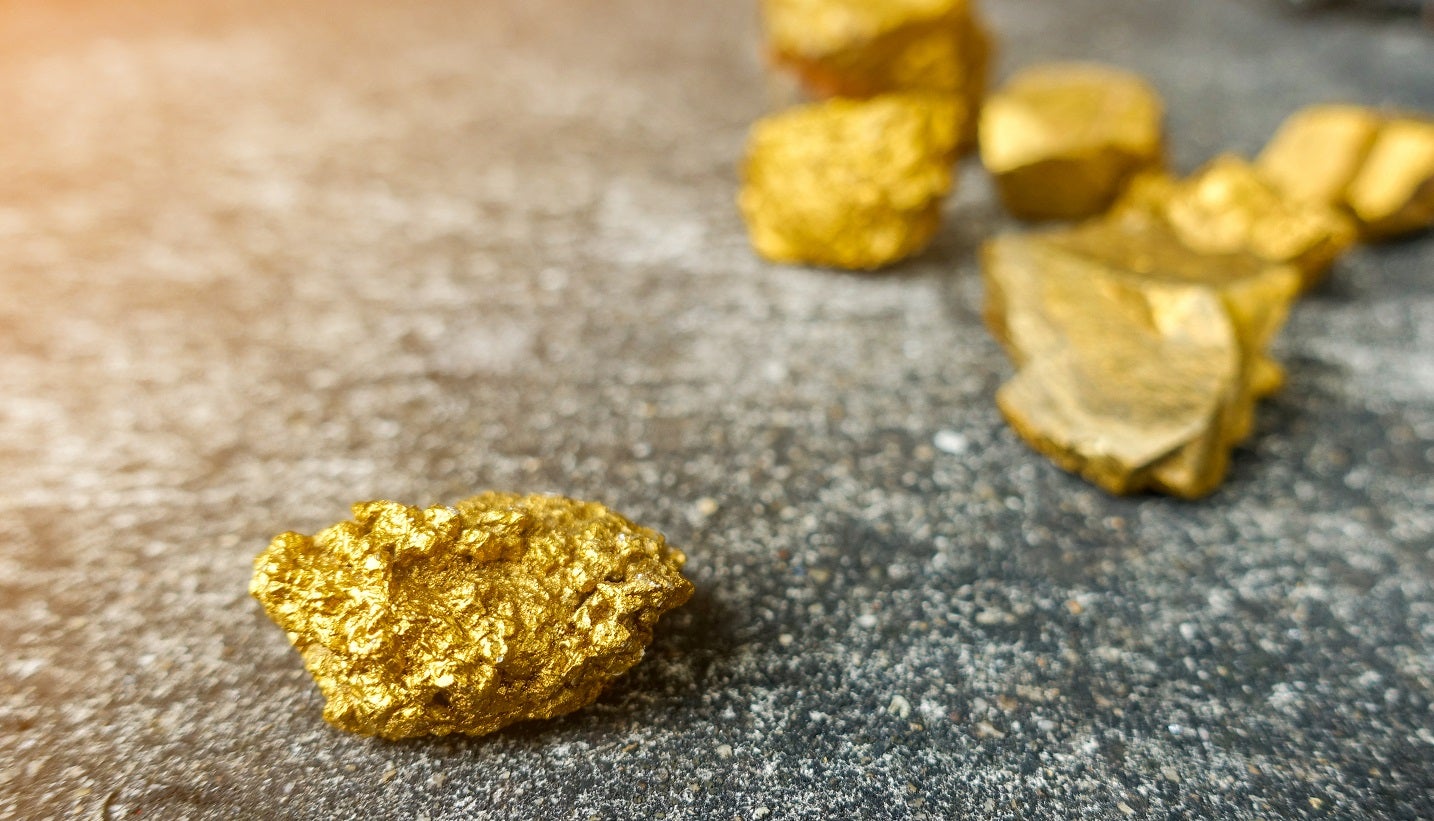WAIT, WHAT?!
X-Batt and Consol Join Forces for Advancements in Coal-Based Battery Technology
13-Oct-2023
- Journalist: Motoki Sasaki
Battery material innovator X-Batt has entered into a partnership with Consol Innovations, a subsidiary of Consol Energy, to accelerate the development of coal-based anode technology.
The two companies recently unveiled their joint venture, known as C-Batt Innovations, which aims to advance the production of battery materials derived from coal.
Since its collaboration with the United States Department of Energy in 2020, X-Batt has successfully incorporated coal into its low-cost resin method, enabling the efficient domestic sourcing of anode materials. However, the financial terms and details of Consol's involvement in the joint venture were not disclosed. This partnership signifies the merging of innovation and sustainability, marking a notable shift in the energy storage and battery technology landscape.
X-Batt, founded in 2019, specializes in the development of high-capacity, cost-effective, and scalable lithium-ion battery components that contribute to the ongoing energy transition.In 2020, X-Batt secured a research contract worth $1 million from the National Energy Technology Laboratory, spanning three years. This funding was allocated to explore the utilization of coal as an anode material in lithium-ion batteries. Preliminary assessments showed that when coal is integrated with X-Batt's proprietary resin, it exhibits a higher anode capacity in comparison to graphite.
In June, X-Batt announced a collaboration with Semplastics, another innovative company, to investigate the technology's application in 18650 batteries, which are commonly used in commercial settings. The partners successfully tested coal-based technology in 18650 cells at the Battery Innovation Centre, proving its commercial viability with an 80% capacity retention after 1,000 full charge-discharge cycles.
While the partnership between X-Batt and Consol may offer hope to struggling coal operations, it is essential to note that the Global Energy Monitor recently reported that nearly one million coal jobs could disappear worldwide by 2050. This anticipated loss of jobs is expected to be significant in China and India due to an analysis of active and proposed coal mines. The report highlights that without plans for future operations or transitioning to a post-coal economy, the importance of government involvement and technological innovation in this transition cannot be overstated. This loss of jobs could equate to approximately 100 layoffs daily, reducing the global coal industry's workforce by 37% by 2050.
The partnership between X-Batt and Consol Innovations is geared towards advancing the development of coal-based anode technology for use in lithium-ion batteries. While this innovative approach holds promise for the energy storage and battery technology industry, it is juxtaposed with the broader challenges faced by the coal industry, where significant job losses are anticipated unless efforts are made to transition to a post-coal economy. This highlights the importance of government involvement and technological innovation in managing the challenges associated with the decline of coal.
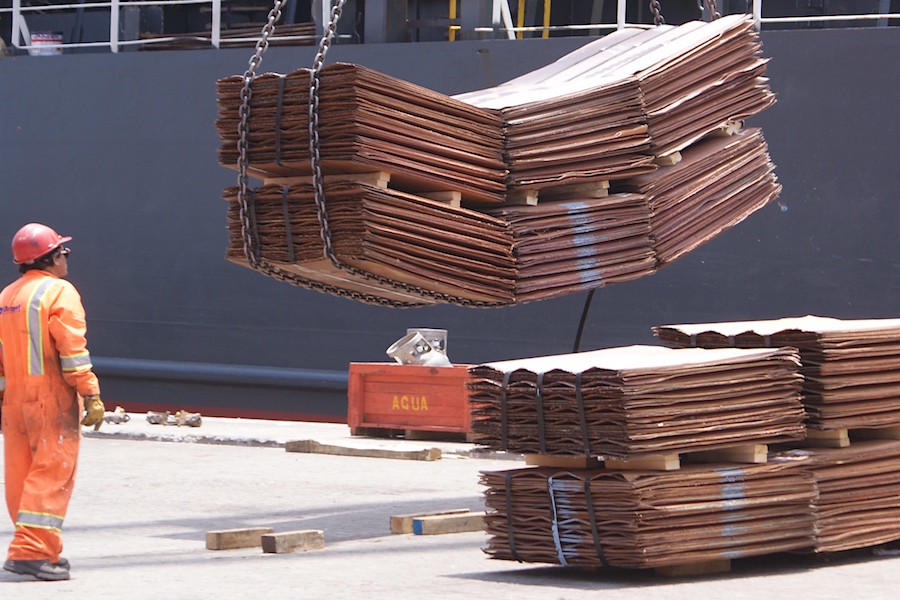

 (
(